-
Posts
3,072 -
Joined
-
Last visited
-
Days Won
5
Content Type
Profiles
Forums
Blogs
Gallery
Events
Store
Posts posted by The Prussian
-
-
Of course it is a rare thing!!
CXhip, if you don´t have the Gluska plates, let me know, I´ll send you some scans next weekend.
Now off with me down to Italy... Back at saturday (probably)
0 -
Thank you Andy. Would you be so kind and provide me with any additional information on "Flügeladjutant des Königs von Württemberg"? Is it a common shoulder board?
Thanks,
Marcin
Hi Marcin!
I think, it´s a quite rare shoulder board. Normally the Flügeladjutanten were staff-officiers, but I think they had deputies too. The Flügeladutanten were a chain link between the king and the armies or the army corps.
Chip. I found the monogramm on plate 3 of the "collection of Gluska". It was shown in an edition of the "Zeitschrift für Heereskunde jan/feb. 1978.
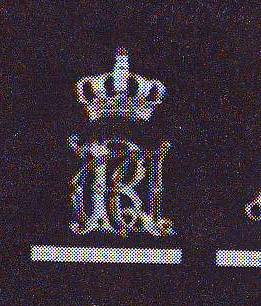 0
0 -
Thank you Andy. Would you be so kind and provide me with any additional information on "Flügeladjutant des Königs von Württemberg"? Is it a common shoulder board?
Thanks,
Marcin
Hi Marcin!
I think, it´s a quite rare shoulder board. Normally the Flügeladjutanten were staff-officiers, but I think they had deputies too. The Flügeladutanten were a chain link between the king and the armies or the army corps.
Chip. I found the monogramm on plate 3 of the "collection of Gluska". It was shown in an edition of the "Zeitschrift für Heereskunde jan/feb. 1978.
0 -
Thank you Andy. Would you be so kind and provide me with any additional information on "Flügeladjutant des Königs von Württemberg"? Is it a common shoulder board?
Thanks,
Marcin
Hi Marcin!
I think, it´s a quite rare shoulder board. Normally the Flügeladjutanten were staff-officiers, but I think they had deputies too. The Flügeladutanten were a chain link between the king and the armies or the army corps.
Chip. I found the monogramm on plate 3 of the "collection of Gluska". It was shown in an edition of the "Zeitschrift für Heereskunde jan/feb. 1978.
0 -
This one is the shoulder board of an Oberleutnant as a "Flügeladjutant des Königs von Württemberg"
( "aide-de-camp of the king of Württemberg")
It shows the personally "W" for Wilhelm II von Württemberg and the "R" for Rex
1 -
Hello!
Many thanks for your work! Sad to hear that ther aren´t much ,more infos about the crash. The mystery thing is, that there were 7 soldiers died (I have all names and ranks), and one single man, who survived! I´d like to know, if he was a technican (civilian maybe)
0 -
Hello Ken!
That would be very friendly!!!!!!!
If I can do something for you, let me know!!!
0 -
Well, I think, the original recordings are all right... I read "Ostzug" too, but what shall it mean? Ost is east, that´ s clear.
But if you mean a campagne, one would write "Feldzug". I think, "Zug" in this case means "platoon".
Maybe the 5th batterie was divided in two platoons. A "West" one and an "East" one. Just an idea...
0 -
But probably you didn´t read it good enough...
 :beer:0
:beer:0 -
Oh yes, it was an easy work... I can´t write anything until next weekend, because I from tomorrow I work for an international company again. Next week I´ll be in Milano (Italy).
0 -
Hello Chip!
He wears a 07/10 tunic, so the shoulder-strap pipings were still on corps-level. Swedish cuffs had the Garde-Rgt.zu Fuß 1-4 (5th had brandenburg cuffs).
But the pipings of the 2nd Rgt. were red, of the 3rd were yellow and of the 4th were blue. I assume we see here white pipings for the 1st Regiment
0 -
Hello!
Can you post a larger scan? Is there something upon the shoulder straps? Wich atelier-adress is on the photo?
It´s probably 1.Garde-Regiment zu Fuß
0 -
Hi Christer,
text on the picture:
24 cm S.K. L. 40 in
Bettungsschießgerüst
And that is the 24cm Schnellladekanone L/40 in a firing platform
Please see here:
http://en.wikipedia....Theodor_Karl%22
and here:
http://marineartille...ebatterien.html
and here:
http://www.facebook....133239383381172
In the first link you can find the word: "Bettungsscheissgerüst)", but please believe me, that is not the correct name.
 It is also a firing platform, but not so immense.
It is also a firing platform, but not so immense. 
Uwe
Haha, Bettungs-"scheiß"-gerüst... That´s great... I hope, such a piece will never be invented...
Well, back to the photo. The links are going to a railway-gun. First (in 1916), the 238mm L/40, was used in a bedding, later it came up upon a railway-wagon
0 -
Hello I.G.!
Is this the one, you´re looking for?
Found in the book "Artillerie im 20. Jahrhundert" (Franz Kosar)
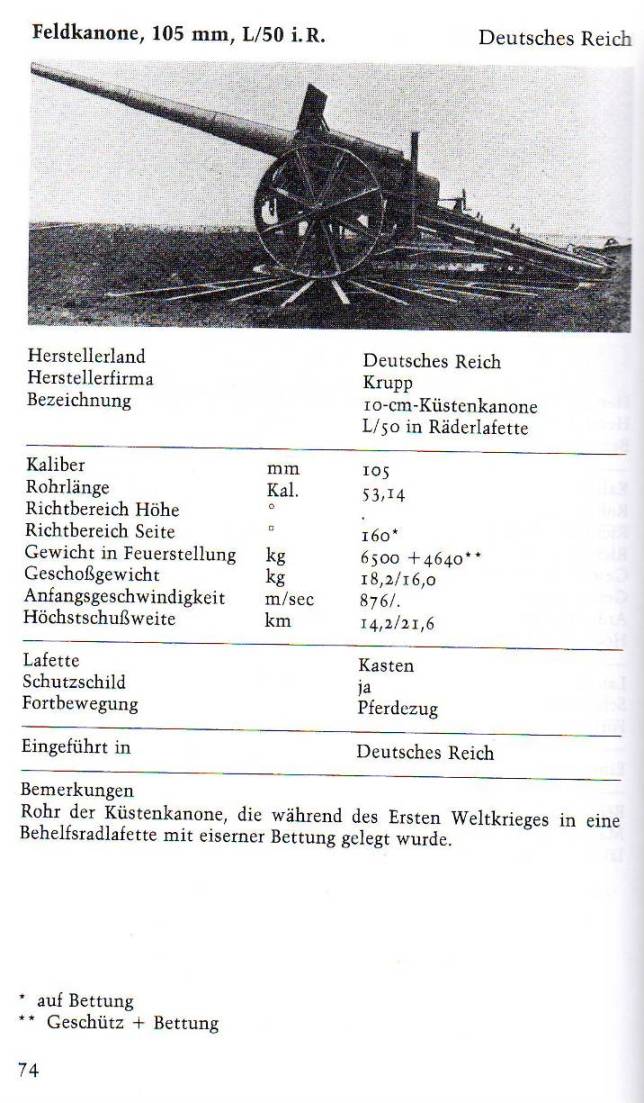 0
0 -
Hello!
In he book ""Mein Kriegstagebuch" (Goes/Cron), is recorded, that the II.Bataillon/Res.Fußart.Rgt.3 fought in the winter-battle of the Champagne (feb. 21st-march 20th 1915) under command A.O.K.3
I don´t think, the batterie was transfered to the east. I assume, it stayed in that area in the "trench-battles of the Champagne, march 21st-sept. 21st.
The 5th batterie belonged to the II. bataillon
The active 5th batterie had 10cm M14, and the bavarians had mortars.
So you´re right with the Res.Fußart.Rgt.3
0 -
Hello!
Last week I recieved the solution!
It´s an inoffizial sign if the 227th inf.div. The star was the sign of that division. The two bars are unclear, probably the recon unit of that division!
0 -
Hello!
Does someone know something about this star upon the soldiers shoulder strap????
Thank you very much!
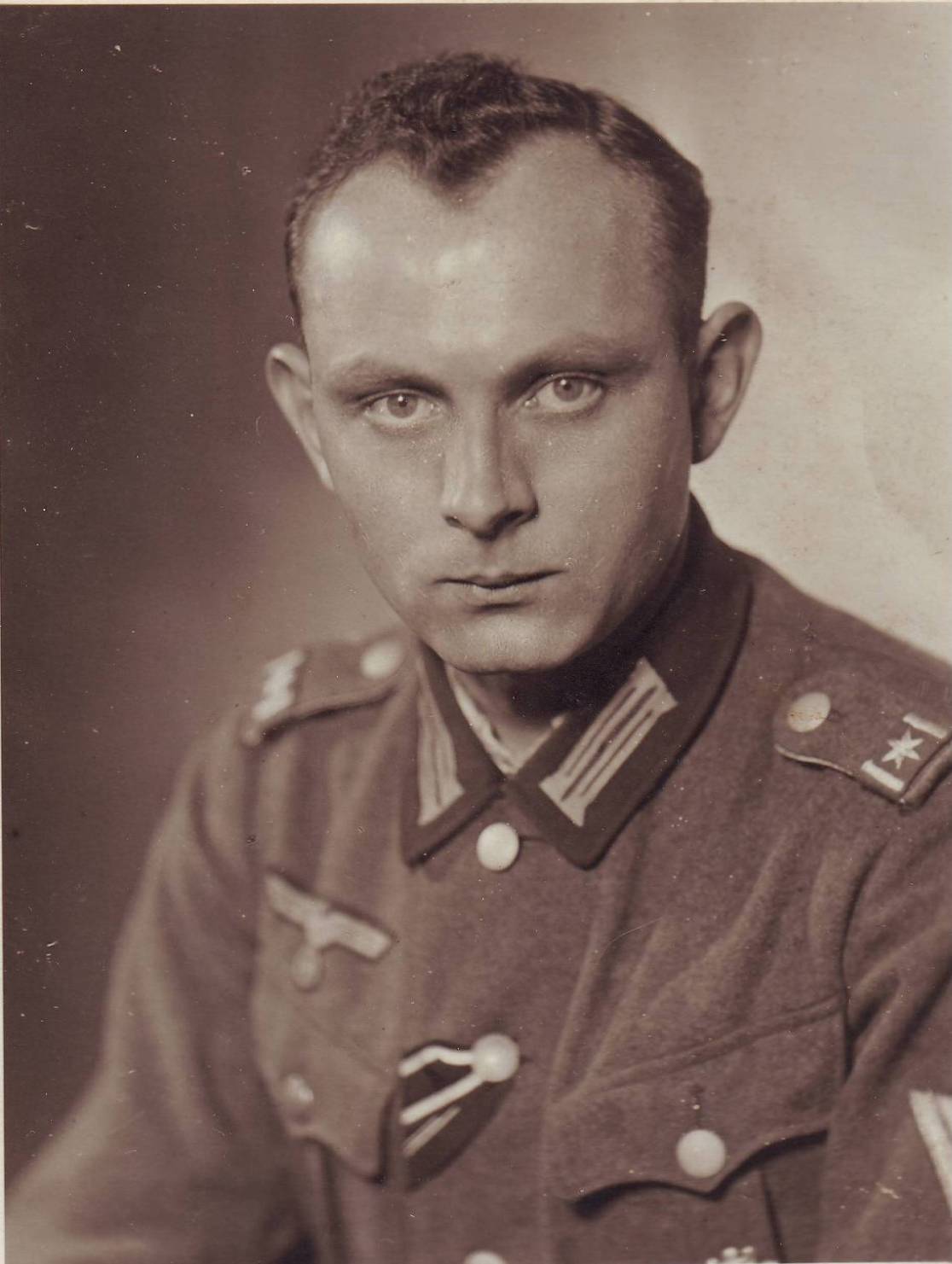 0
0 -
I have found something...
Beverloo had 11 bataillons and Warsaw 4 bataillons.
But I couldn´t find out, how many companies each bataillon had. 4 companies and a MG-company?
0 -
Hello!
Does someone knows something about the "Infanterie-Ersatz-Truppe Beverloo"?
I´m looking for the structure and formation of that unit.
Thanx a lot in advance
0 -
Hello gentlemen!
I am looking for informations about an aircraft crash in Essen (Germany), on may, 6th, 1918.
A Staaken R.VI crashed in heavy fog against a hill, 7 soldiers died by that accident.
Maybe this accident was noticed in the Militär-Wochenblatt.
If someone has informations about this incident, I´d be glad for a scan.
Thanks a lot in advance
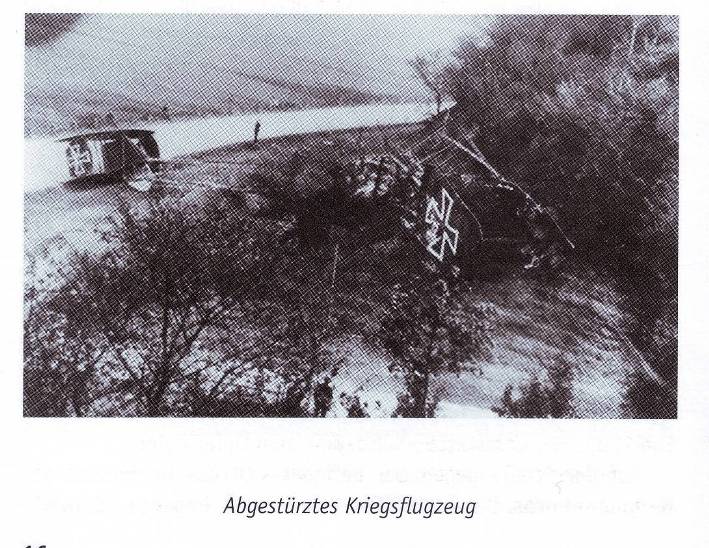 0
0 -
The same story you can read in the german book "Deutsche Sturmbataillone 1915-1918 by Werner Lacoste (+)
The we read, that those new formed bataillon came to Metz, the 28th sept. 1917 to go to italian front. In Italy they fought at the Ortigara between Etsch and Breanta-valley. Then they came to the Isonzo to join the combinied attack through Friaul to Monte Tomba.
This bataillon was also called "Sturmbataillon von Breuning".
Ludwig von Breuning was, before he joined this job, commander of the III./Ldw.Inf.Rgt.126, after that he became commander of the Sturmbataillon 16. After the fights in the 12th Isonzo-battle, he returned and became leader of the württ.Gebrigs-Bataillon (28th, march,1918) and in may 1918 he became commander of the Res.Inf.Rgt.121
In my collection I found a photo of a group of that unit!
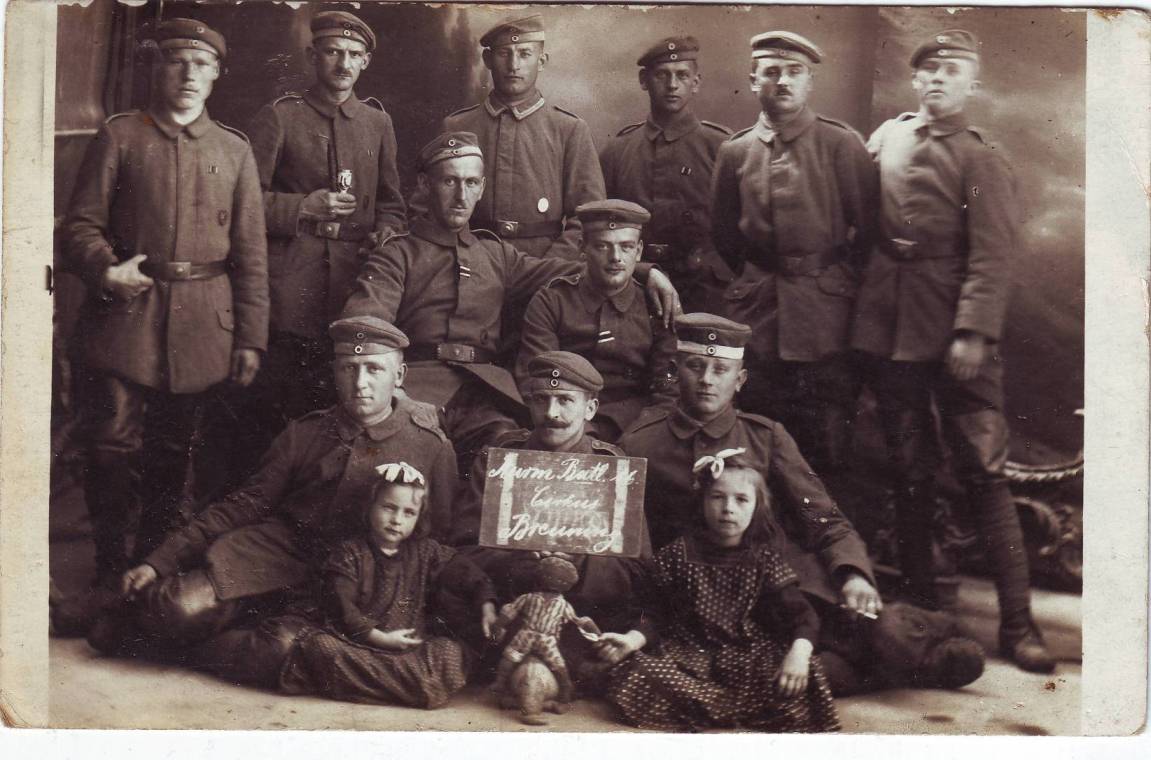 0
0 -
Oh yes, you´re right! My fault! That was the Bataillon at the eastern-front! Sorry!
Well.
In the book "Les gladiateurs" (Jean-Claude- Laparra) I read, that in automn 1917 a provisional was built.
It had elements of the Bataillon 14 and 16 and some austro-hungarian formations!
This formation was rallied in Metz at 1st of octobre. The elements of the german bataillons were:
Btl.16: 2.(württ.) Sturmkompanie and the Flammenwerfer-platoon
Btl.14: one MG-company, one company Minenwerfer and the I./Geschütz-Batterie (just set-up)
This formation was called "Sturmbataillon der Heeresgruppe Herzog Albrecht", it existed from 1st october 1917 until 14th, decembre 1917
Unfortunately I don´t have any infos about the austro-hungian elements
0 -
Hello Thomas!
That´s right. We had 19 official "Sturm-Bataillone" . They were set-up by armies or "Heeres-Gruppen".
"Your" Bataillon was the 17th.
Yes, it was just a bataillon, but don´t forget. Most of the Sturm-Bataillone haven´t been too much in action. They teached the divisional storm-troops how to fight!
Btl.1 (AOK 1)
Btl.2 (AOK 3)
Btl.3 (existed before as Jg.Btl.3)
Btl.4 (AOK 4)
Btl.5 (Armee-Abt. Gaede, Btl."Rohr")
Btl.6 (AOK 6)
Btl.7 (AOK 7)
Btl.8 (Südarmee)
Btl.9 (AOK 9)
Btl.10 (Heeresgruppe Eichhorn)
Btl.11 (Heeresgruppe Linsingen)
Btl.12 (Heeresgruppe Woyrsch)
Cpy.13 (I.Army-corps)
Btl.14 (Armee-Abt. Strantz)
Btl.15 (Armee-Abt. A)
Btl.16 (Armee-Abt..B)
Btl.17 (Heeresgruppe Herzog Albrecht) formed 19.jan 1917
Btl.18 (Heeresgruppe Eichhorn) - first company, Btl. at 22.aug.18
Marine-Sturm-Abt. (Marine-Korps)
0 -
I agree with loving this forum!
Greetings from good old Prussia!!!!
:beer:
0



Picture with 15 officiers
in Germany: Imperial: Rick (Research) Lundstrom Forum for Documentation and Photographs
Posted
Hello gentlemen!
I have a similar photo!!!
Unfortunateley I have problems with ID the old script...
The card is dated from 26.7.16